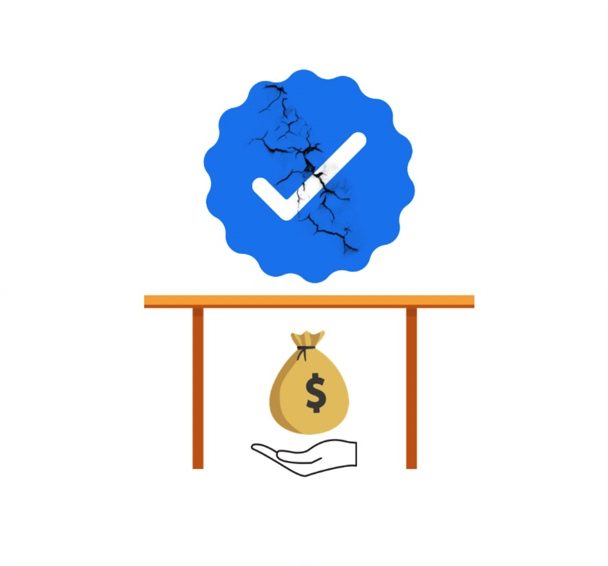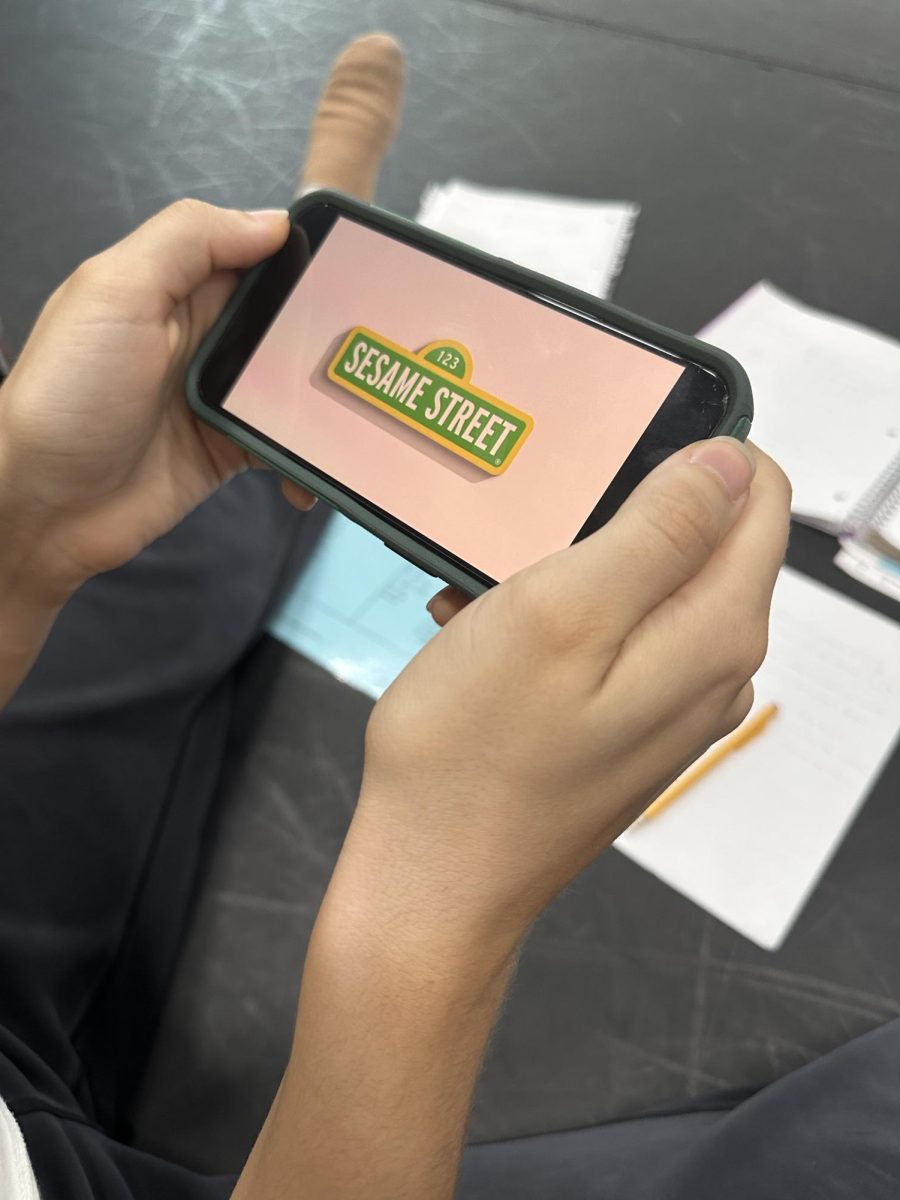With a major shift in Twitter’s management, the platform has experienced numerous changes, with most of them being deemed drastic or controversial.
Twitter is a social media platform that grants users a voice to express their views on any topic. Recent changes to the platform, however, have also amplified the voices of misinformation.
The main controversy surrounding the platform stems from the iconic blue checkmark. originally given only to important and authentic accounts in addition to meeting other criteria. Now, for just $8 a month, “Twitter Blue” bestows anyone with the ability to impersonate the official Twitter accounts of influencers, businesses, sports teams and other users.
The consequences of this change have already unfolded since early November. Insulin producer Eli Lilly was struck by a verified troll account designed to look like the real pharmaceutical company’s Twitter page. It took only a single tweet from the fake account stating, “We are excited to announce insulin is free now,” to cause a drop in the company’s stock the following week.
Even students at PVHS have noticed the surge of impostors while casually scrolling through their feed. Senior Bennet Brown recently discovered a handful of these “verified” accounts. “I saw people posing as sports accounts, sports reporters, or even players to ‘announce’ fake trades and signings. Many of these tweets got tens of thousands of likes and retweets with many playing into the joke, but with others completely falling for it,” he said.
The devaluation of the blue checkmark feeds new power to ill-intentioned users. Misinformation was already a concern prior to the Twitter controversy, and encouraging the creation of fake accounts through a subscription service was deemed irresponsible and dangerous by many. If impersonation goes unchecked, there will be more damage left to repair down the line.
How can these issues be fixed without compromising Twitter’s business model? The blue bird is still highly profitable, but granting users the blue checkmark for only a small fee has been an all but controversial change.
Amidst discussions surrounding the blue checkmark, many Twitter users are creating methods to expose false accounts. “People just need to be smarter. It takes 1 click to see how many followers a fake account has, who they are followed by, username differences, etc which are dead giveaways of a fraud account,” Brown continued.
The internet is an untamed outlet for information, and granting more power to trolls through paid verification continues to put Twitter into question. Only time will tell if social media companies will attempt to implement more of these types of changes in the future.









